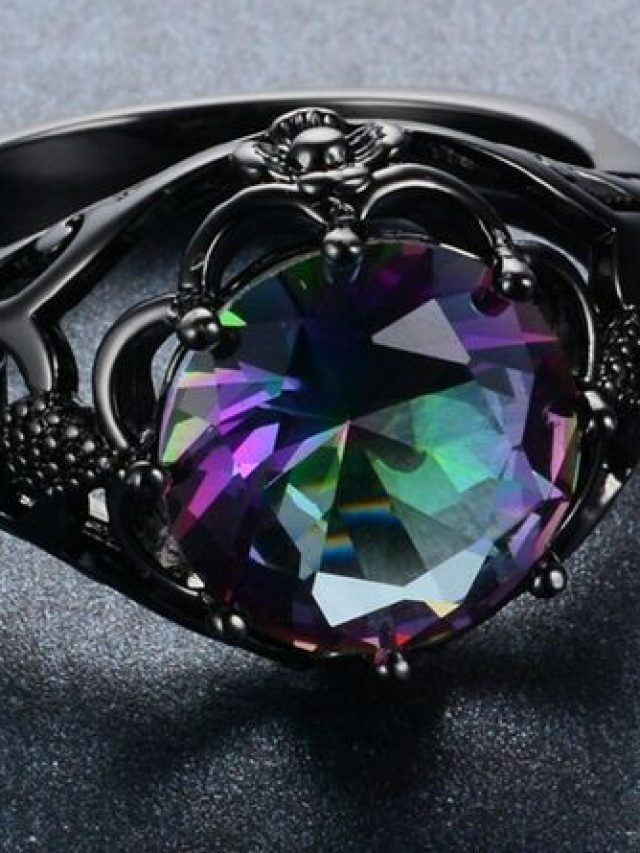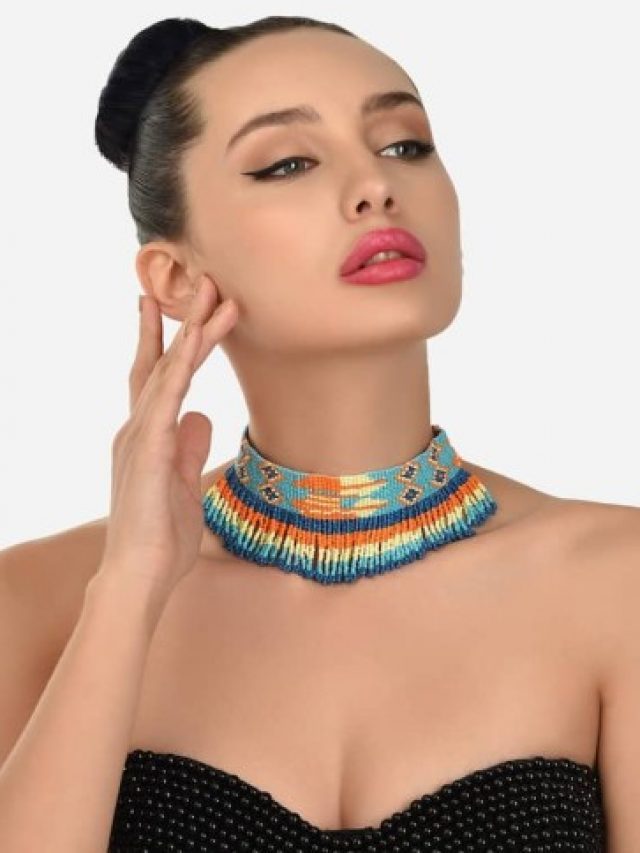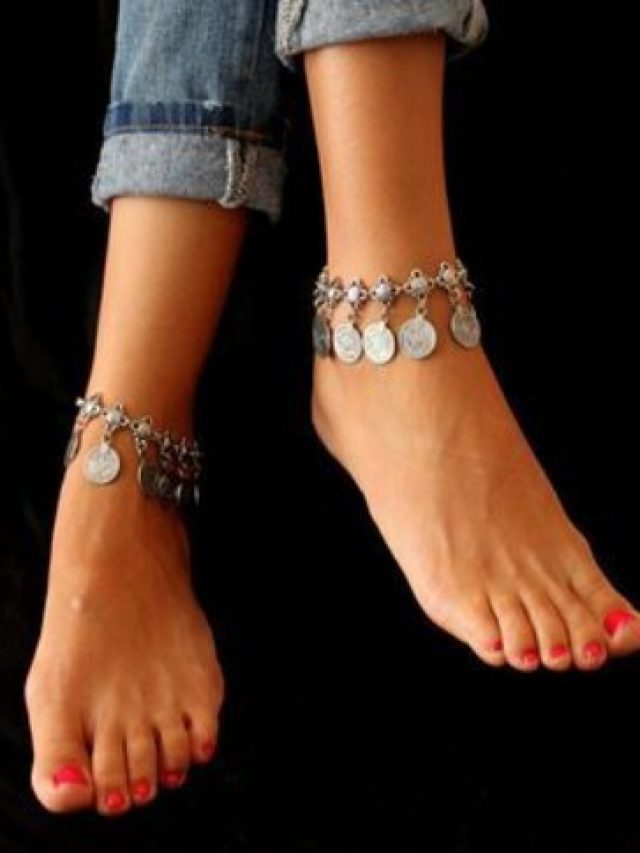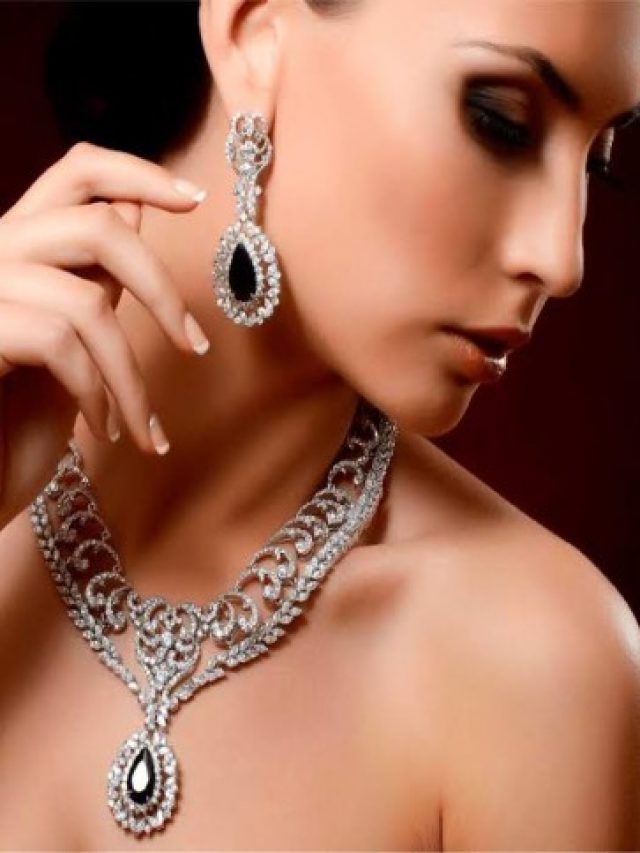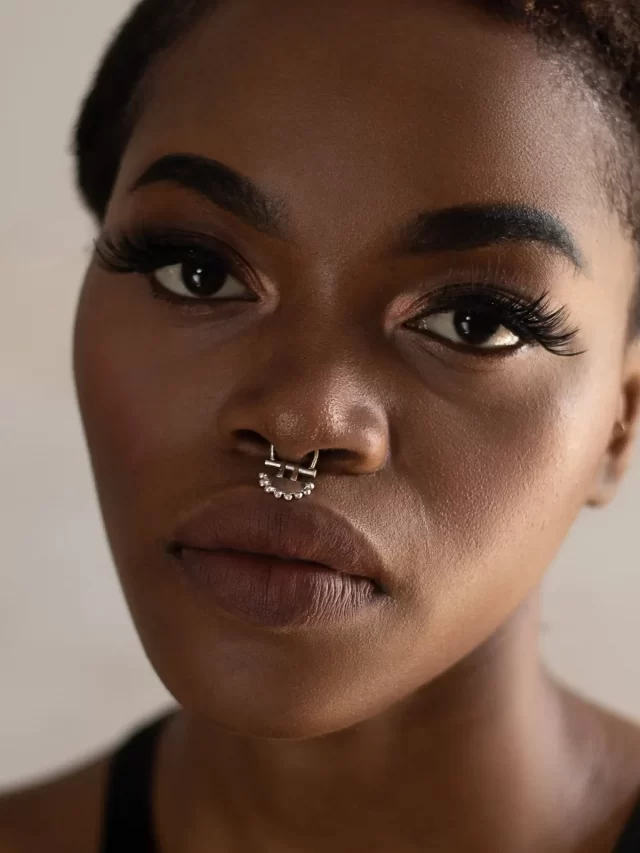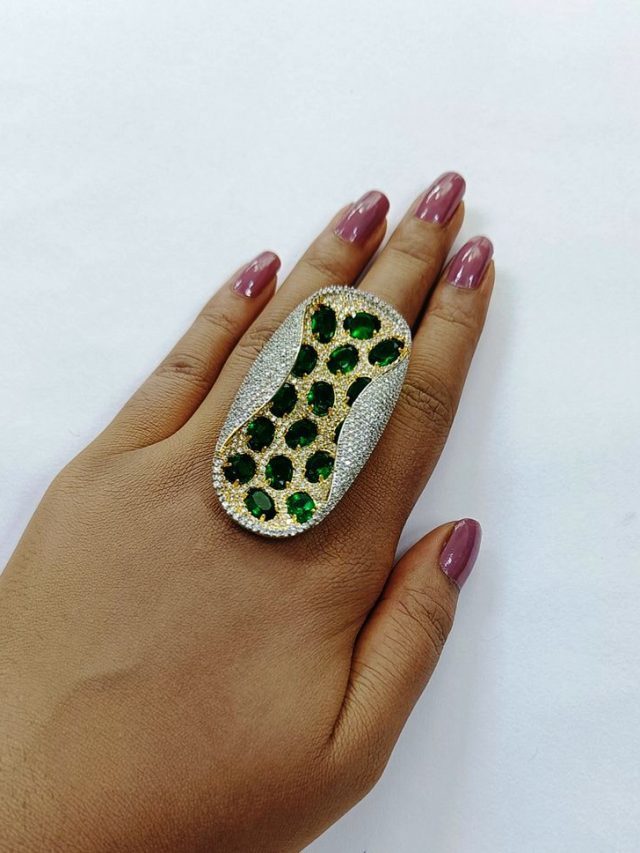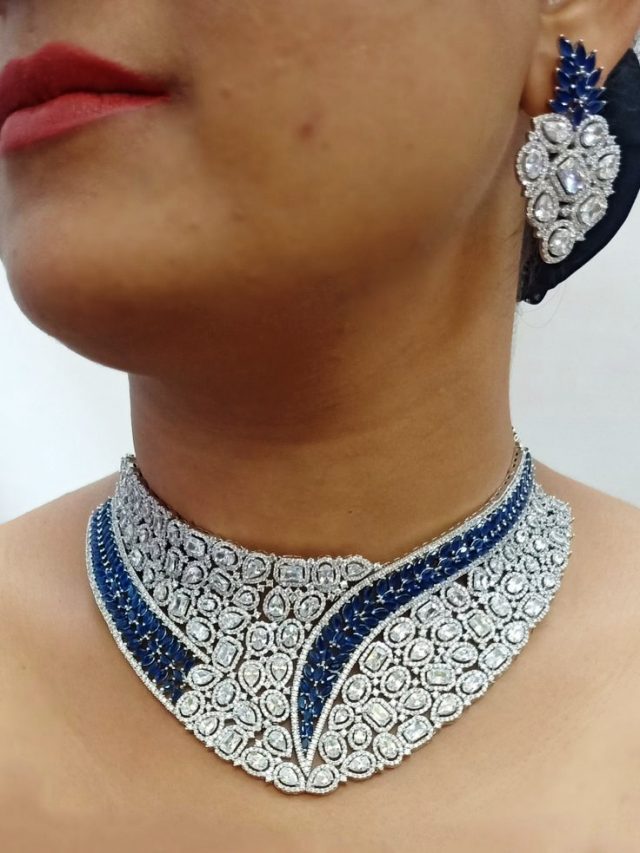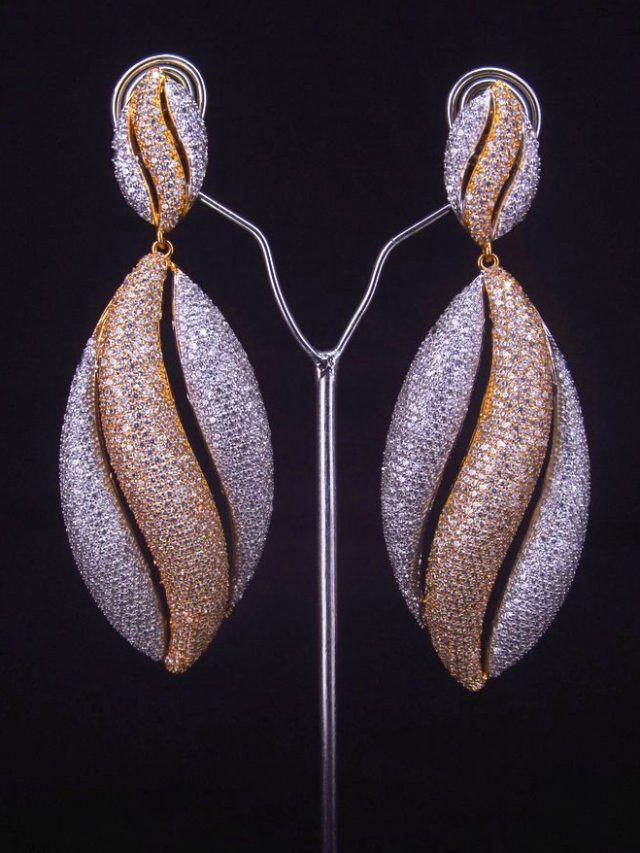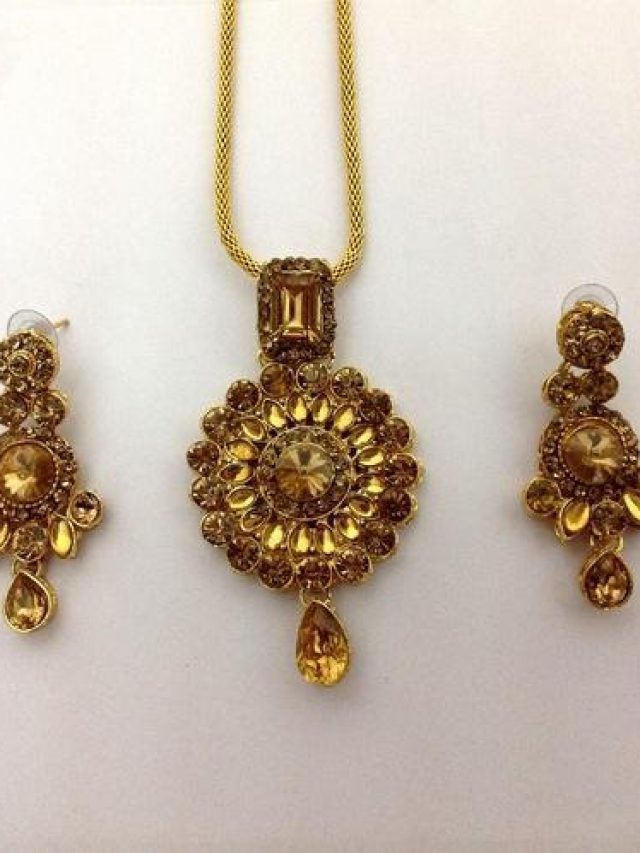
Russia’s status as a leader in the jewellery industry has been one of the most talked about issues of 2022 in the wake of the invasion of Ukraine in February. ROBERT BOUQUET provides an update on the current trading environment.
A little more than one month ago, I penned an article titled The Russian Question: Deciphering the Diamond Disruption to which I received much feedback.
I believe that the topic is of genuine concern to many people, and not only for those within the diamond industry itself, but to an increasingly wider audience.
How long this issue will last and what the repercussions will be – both short and long term – is unclear and uncertain. Any steps that stakeholders make now may have a significant impact on their businesses forwarding the future.
It is one thing to ban the trade in diamonds from, for example, a small African nation, however, it’s a very different matter when it comes to a country the size of Russia, sitting in pole position as the world’s number one supplier of diamond rough and holding 30 per cent of the rough trade’s market share.
The reality is that no one knows how long this conflict will last and, indeed, nor do we know what is required for business to return to normal. It is a very confusing situation for the entire industry and, quite frankly, a scenario for which the industry was not prepared in the slightest.
I believe the disruption will continue for far longer than most people imagine. I could be wrong, and the conflict could end tomorrow. However, this seems unlikely for now and it’s hard to see the situation changing.
Meanwhile, the noose is tightening on Alrosa’s rough sales as the level of sanctions and the subsequent impacts kick in.
Over the past 20 years, as Alrosa emerged from under the wings of the De Beers supply contract, I have been impressed with its performance. Alrosa has demonstrated strong industry stewardship, participation, increasing transparency and a high level of professionalism.
We must always remember the invasion of Ukraine has nothing to do with Alrosa itself, yet like many Russian companies Alrosa is now being impacted by the global outrage and response to the violence. Having the Russian government as a shareholder does not help the company’s cause right now either.
Practical measures
In my previous article, I explained how the issue is complex, yet addressable with one or two relatively simple measures.
The only real way to stop the funds from the sale of Russian rough reaching Russia – if indeed that is what the world actually wants and needs – is a blanket cessation of the issuance of Kimberley Process (KP) certificates for Russian diamonds and therefore exports. This has not happened.
Trying to stop polished diamonds of Russian origin is a very different and much more difficult task. I struggle to see how the wider industry can enforce such an idea. It is very difficult to trace polished diamonds back to their origin. There are millions and millions of stones in the pipeline. Mixing of different sources is very easy, especially in the smalls.
Of course, some supply chains are fully transparent; however, it must be recognised that the majority are not. And another question is: Should the world only look at polished stones produced from rough after 24 February 2022?
The problem, when trying to tackle polished diamonds, is far from simple.
For example, let’s consider what has happened in the past month.
The US has been the most vocal and transparent in its attempts to stop the trade of Russian diamonds. First, a ban was placed on Russian polished from Russia being imported, then there was a veto on any trade with Alrosa. It must be said that India, Dubai, Belgium and other trading or cutting centres have been noticeably mute.
Balancing moral imperatives against commercial concerns and objectives has never been as complex as right now. I believe that the time is right for all these cutting centres to adopt a joint cessation on Russian imports.
» Read More: The Russian Question: Deciphering the Diamond Disruption
Any centre that acts individually runs the genuine risk of losing its share of the Russian business forever and no diamond centre wants to completely lose access to Russian goods for the long-term. Who knows what the future holds?
Hopefully, this collective measure would achieve its goal but for only as long as it is necessary and could be reversed as soon as appropriate. It requires a unified approach, which the industry does not have right now.
Too little, too late
The Kimberley Process established some 20 years ago to counter the issue of ‘conflict’ diamonds has shown itself to be ill-equipped and woefully inadequate in its ability to act. New United Nations resolutions are sorely needed, however these things take time and the wheels of inter-governmental diplomacy often move very slowly. Certainly a lot slower than the developments on the ground in Ukraine!
It is not just the KP that has struggled to act. Trade bodies such as the Antwerp World Diamond Centre (AWDC), World Federation of Diamond Bourses (WFDB), Responsible Jewellery Council (RJC), World Diamond Council (WDC) and others have shown themselves to be unable, uncertain or unwilling to act.
The inability (or unwillingness) to act swiftly and decisively on the matter has seen great internal and external upheaval at the RJC as senior team members resigned and companies canceled their memberships.
Legal reviews and formal decisions take time and, in fairness, as I said before, the industry was not prepared for this challenging issue.
Interestingly, Alrosa chose to act from its own side by removing itself from certain global trade organisations. I was particularly interested in the company’s statement about suspending its RJC membership, where it was said that the company cared as much for the wider diamond industry as it did for the mining communities in which it operates (principally in Yakutia in the far eastern regions of Russia).
From my perspective, it is fair to say Alrosa has been a responsible and a strong member of the diamond industry, and I look forward to it returning and continuing its prominent role within the industry.
Ground floor
So, you may be wondering, what is the current situation with regards to Russian goods?
From the day of the invasion (24 February) up until very recently, Russian rough was being bought and moved to the trading and cutting centres, with purchases made in varying currencies and using different channels.
The cutting centres and major industry participants have all subsequently adopted different approaches, such as trying to circumvent the issue by issuing invoices with reassuring comments around provenance and Russian content (or not).
Again, no one really knows how to tackle the issue. The latest developments are that the last Alrosa sale was cancelled last week as clients said the banks would not process the payments.
This is a major step towards the trading of Russian rough stopping and it’s not because of industry bodies acting, but rather because the financial system which supports the Russian diamond trade is grinding to a halt.
Gohkran
If the UK, US and the banks continue to impede Russia’s ability to sell rough diamonds internationally, the country will likely pursue purchase of rough via the State Fund of Precious Metals and Precious Stones – Gokhran.
Gokhran is a state institution, which operates under the Russian Ministry of Finance as a repository and handles the purchase, storage and sale of precious items, such as precious metals, diamonds, etc, on behalf of the Russian government.
It’s logical now for Gohkran to intervene and start buying Alrosa goods. It’s a practice that’s been done before in times of need to either support Alrosa or to keep stability in the international diamond market.
It’s important to remember that Alrosa’s mining activities are very important to the local economy of Yakutia where the majority of Russian diamonds are mined.
But for how long could Gohkran continue buying Alrosa’s output? If this issue lasts one year then that equates to around $US4 billion of rough. And if the conflict continues for two years? What about five?
Today’s environment
Russia is the world’s largest diamond producing country by volume with approximately 30 per cent of the carats produced annually being unearthed there. Alrosa accounts for more than 90 per cent of diamonds mined in Russia.
Russia is also the world’s leading producer of small rough diamonds. This means Alrosa is the origin for a large portion of the supply of ‘melee’ and ‘stars’ variety of polished diamonds, anything weighing below 0.2 carats.
It also means that an interruption to the flow of diamonds coming from Russia would be a significant problem.
We need to remember the context of an over-inflated, secondary rough diamond market where prices surged towards the end of 2021 and reached an unsustainable tipping point by February 2022. The market had already started to turn in February and, of course, this reversal also coincided with the invasion of Ukraine.
Since the war began, secondary market rough diamond prices have tumbled. In some cases as much as 50 per cent from the inflated price levels.
The major producers, De Beers and Alrosa, have maintained their ‘primary’ market prices and, at their current levels, demand is there. Clearly, Russian rough appears set to be off the international markets for the foreseeable future.
There was up until very recently an expectation that rough prices have further to fall still, bringing them more in line with polished prices. However, what I am starting to see simultaneously in the rough market is a genuine concern by traders and manufacturers that 30 per cent of the world supply is becoming unavailable.
This accounts for around $US400 millions of diamonds per sale cycle not entering the market which is why I think there will be a ‘strengthening’ of prices. All of this makes the trade very unpredictable.
Factors
Stepping back and examining the bigger picture is important in order to understand and make sense of the market.
Trade has wobbled due to a combination of factors, beginning with the bubble bursting in February and continuing with polished sales slowing due to widespread market uncertainty and with Q2 being a seasonally slower period of the year.
Polished diamond dealers are also being very selective when it comes to purchases and we can expect prices to soften further. Then there’s the impact that economic sanctions and import/export bans on Russian diamonds, among others, have had as the US, UK and EU ramped up the pressure.
On the other side of the Pacific Ocean, the US Federal Reserve has increased interest rates for the first time in three years. This immediately dampens US consumer confidence and spending.
At the same time, polished demand and retail sales in Hong Kong and China are weakening, particularly impacted by new COVID lockdowns. Growth is still happening; however, we can clearly see a declining marginal increase in business.
With all this in mind, De Beers sales, the best indicator of the overall health of the industry, remain robust for 2022. Forecasts pointed towards a strong performance this year and, unfortunately, the shadow created by the Ukraine war has caused all bets to be off, right now.
I still expect 2022 to be a solid retail year for diamond jewellery but, in truth, who really knows what’s around the corner?
Source: I. Hennig & Co Ltd
Two ideas to keep in mind
There are two more important issues that need to be considered. The first is the competitive environment for trade; I referred to this above.
Trading centres do not want to be left out when Alrosa returns to the fore and this is understandable. But what will the other producers now do? They currently have an opportunity to make the most of, or create, commercial advantages.
Nobody expected Russian rough to become ‘blacklisted’ heading into 2022. Benefitting from this is not that straightforward; Russian rough will surely return eventually but for how long will the brand of ‘Russian diamonds’ be tarnished?
The second issue is that of provenance as a differentiator. Clearly, the provenance of rough and polished product is becoming an increasingly important issue today. The movement towards consumers demanding visibility of their diamond’s origin is gaining strength and supply chains will need to be reinforced and form an important component of the consumer proposition.
But diamonds will remain almost impossible to monitor on a continuous basis, particularly small products, and certain standards will need to be adopted and developed to meet the aforementioned needs of consumers.
We’ve seen new developments coming from sections of the trade such as Gemological Institute of America (GIA) and Sarine, as well from many major brands; however, a far wider-reaching set of protocols and programs needs to be established.
The risk is that consumers who do not have compelling proof of the origins of a diamond may begin to turn away from natural diamonds.
We should never forget one very important principle – we operate in an industry of luxury.
We deal in the ultimate of aspirational products and we live and work in a business where the end-user often makes purchases driven by the concept of diamonds as a rare and precious item, perceived as holding a strong store of value; as well as being capable of demonstrating to others the true depth of our most powerful feelings.
The industry at large will be placed in severe jeopardy if the concerns of consumers are not addressed with a well considered response.
The last thing we (the natural diamond industry) want is to fail ourselves and leave gaps at the consumer level for the lab-grown diamond segment to exploit, particularly in the smalls where supply volumes can be significant in short order.
Look on the bright side
The diamond industry has a lot to think about.
The risk of a prolonged and expanded war is genuine and the consequences will be far-reaching and even more dramatic than we have already sadly borne witness to.
Despite this obvious turmoil in which the industry finds itself, not every sector of the trade is struggling. There’s certainly positive news, particularly when it comes to top-end fancy colour stones.
By far the biggest recent headline was made with the sale of the De Beers Cullinan Blue.
It’s a spectacular sight to behold; an internally flawless fancy-vivid blue stone of 15.1 carats, which was polished from the original 39.34 carat rough produced by Petra Diamonds at the Cullinan mine in South Africa in 2021.
The Cullinan Blue was purchased by a consortium of De Beers and Diacore for $US40.2 million ($AU56.6 million) and was recently sold at auction by Sotheby’s Hong Kong to an undisclosed bidder for $US57.5 million.
The anonymous buyer – who bid via telephone – blew the $US48 million sale predictions ($AU67 million) out of the water.
A similar strong result was achieved at Christie’s in April, with the sale of an 8.86-carat intense purple-pink diamond dubbed ‘Fuchsia Rose’.
There are many extremely beautiful diamonds on display right now, capable of capturing the imagination of the world.
On an internal level the diamond industry has much to ponder as to how it will navigate the current challenges we face due to Russia and diamonds that lay in the ground.
Hopefully, the Ukraine war will end soon and things will settle as quickly as possible, and the world can return to a smoother trading environment. The changes that will take place in the coming months may be temporary or permanent; nobody knows right now.
More reading
The Russian Question: deciphering the diamond disruption
2021 – The Year when The Diamond Industry Rebounded
International Diamond Market Snapshot – October 2021
International Diamond Market Snapshot – August 2021
|
















